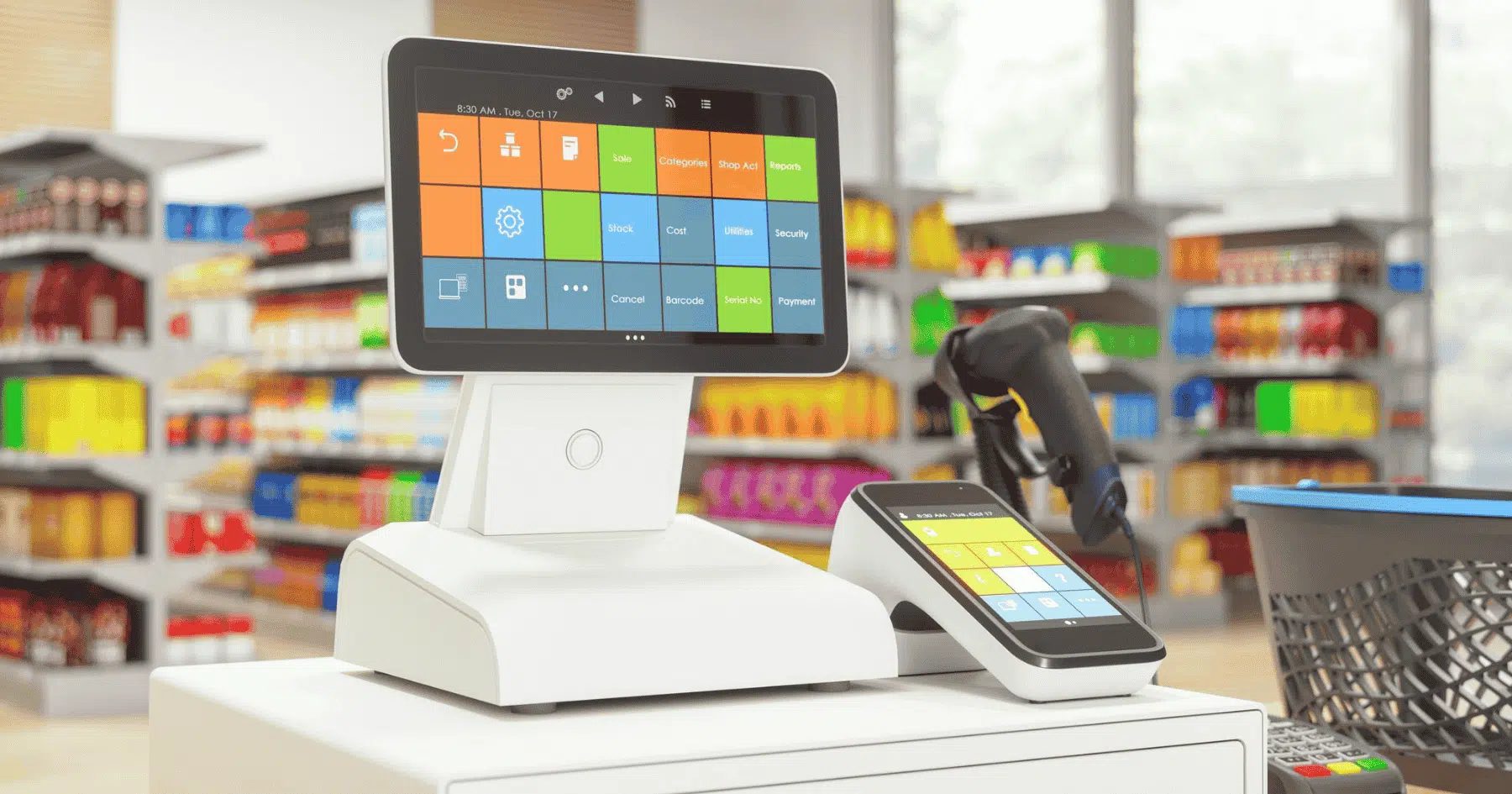
| February 28th, 2023 |
The Changing Face of Retail Payments in the US!
The retail payments landscape in the United States has undergone significant changes in recent years, driven by advancements in technology and changing consumer preferences. One major change is the widespread adoption of mobile payments. Services like Apple Pay, Google Pay, and Samsung Pay allow consumers to make purchases using their smartphones, eliminating the need for physical cash or credit cards. These mobile payment services also offer added security features such as biometric authentication and encrypted transactions.
Another change is the increasing popularity of digital wallets, which allow consumers to store their payment information in one place and make purchases with a simple tap or click. Examples of digital wallets include PayPal, Venmo, and Square.
The rise of e-commerce has also had a major impact on retail payments. Online shopping has become increasingly popular, and retailers have responded by offering a variety of payment options, including credit and debit cards, digital wallets, and alternative payment methods like eChecks and ACH transfers.
Contactless payments, which use near-field communication (NFC) technology to allow consumers to make payments by simply tapping their card or device on a payment terminal, have also become more widespread in recent years. This has helped to speed up checkout times and reduce the risk of exposure to germs.
Finally, the rise of cryptocurrencies like Bitcoin and Ethereum has also had an impact on the retail payment landscape. While still in its early stages, the use of cryptocurrencies for retail payments is becoming more common as merchants look for alternative payment options and consumers seek out new ways to spend and store their money.
These changes in the retail payment landscape have made it easier and more convenient for consumers to make purchases, while also improving security and reducing the risk of fraud.
Payment in retail has undergone significant changes in recent years, and these changes have brought about numerous benefits for both retailers and consumers.
One major benefit of these changes is increased convenience. With the advent of mobile payments, digital wallets, and contactless payments, consumers can now make purchases more quickly and easily than ever before. This can lead to a better overall shopping experience and can encourage customers to make more purchases.
Another benefit of these changes is the improved security. Many of the new payment methods, such as mobile payments and digital wallets, offer advanced security features like biometric authentication and encrypted transactions. This helps to reduce the risk of fraud and identity theft and provides consumers with peace of mind when making purchases.
The rise of eCommerce has also brought about new payment options, including alternative payment methods like eChecks and ACH transfers. These options allow consumers to pay for their purchases using methods that are convenient and familiar to them, which can lead to higher customer satisfaction and increased sales for retailers.
The use of contactless payments has also helped to speed up checkout times and reduce the risk of exposure to germs. This can be particularly beneficial for retailers during busy periods, as it can help to keep lines moving and reduce customer wait times.
Finally, the rise of cryptocurrencies has the potential to bring about significant benefits in the future. Cryptocurrencies offer fast, secure, and decentralized payment options that can help to reduce costs and improve efficiency for retailers. They also offer consumers a new way to store and spend their money, which can increase competition and drive innovation in the payment industry.
Overall, these changes in payment methods have brought about numerous benefits for both retailers and consumers. They have made payments more convenient, secure, and efficient, and have opened up new opportunities for innovation in the payment industry.